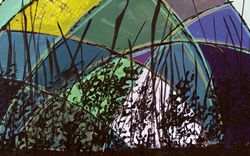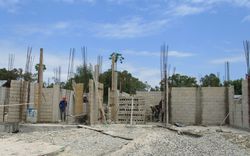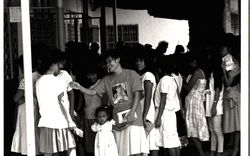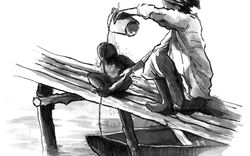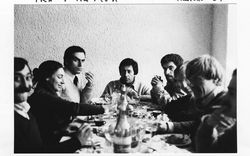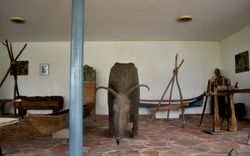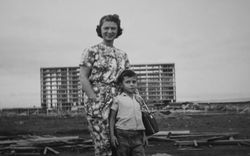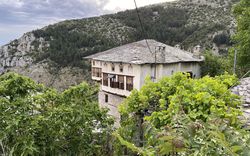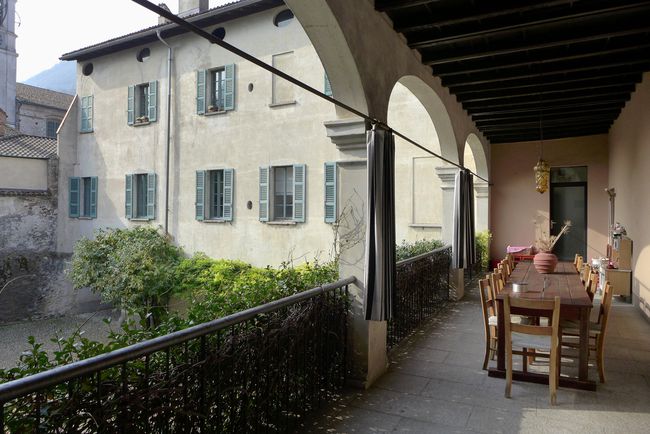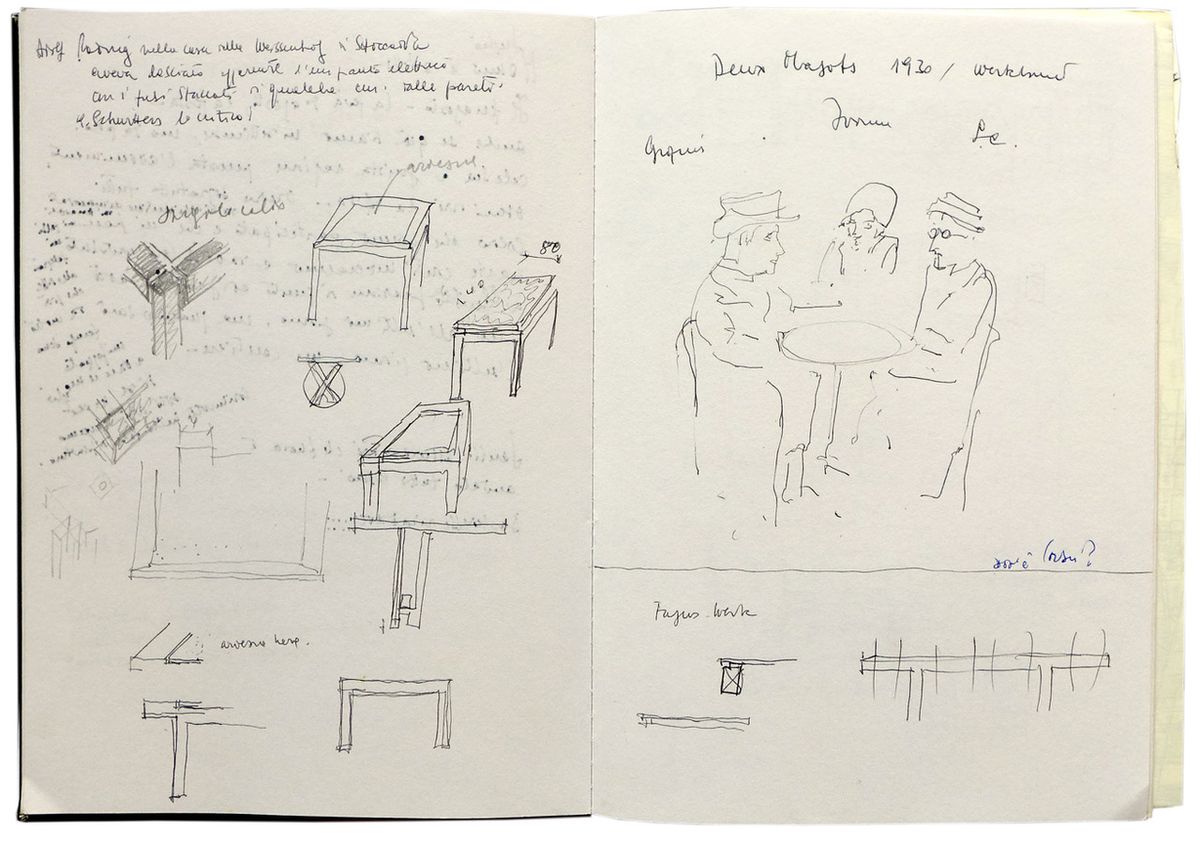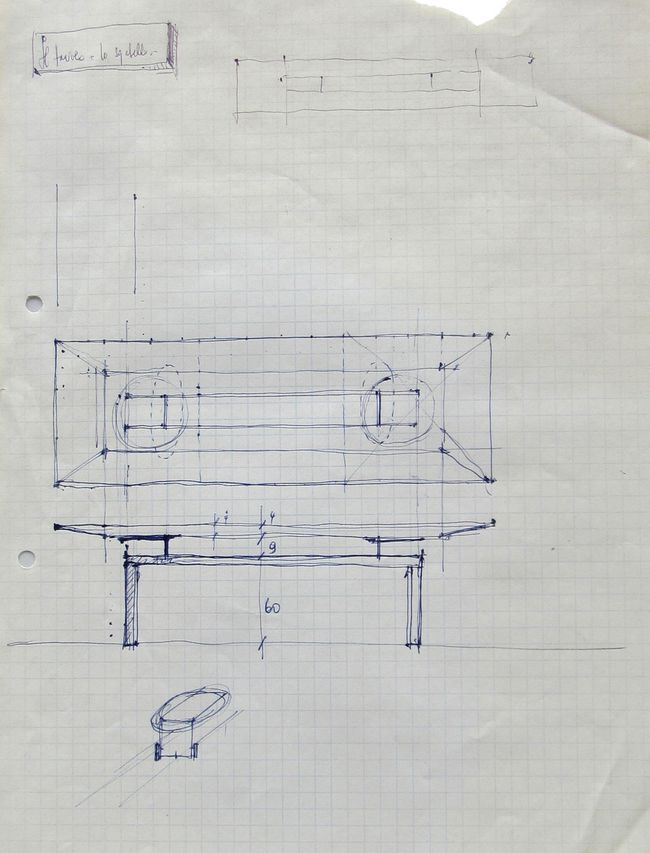Convivium: Flora Ruchat-Roncati’s Practice
Irina Davidovici and Katrin Albrecht on Flora Ruchat-Roncati's life and work
Flora Ruchat-Roncati (1937–2012) established herself on the Swiss architecture stage as an important protagonist of the Ticinese production of the 1960s and 1970s and left a crucial legacy in architectural teaching, having become the first woman to ever hold an ordinary Professorship at ETH Zurich in 1984—130 years after the foundation of the institution. One of the school’s most prominent figures in the 1980s and 1990s, she taught several generations of Switzerland’s current practitioners. She therefore remains well-known in the local professional circles, both on account of her activities in practice and in teaching.
Ruchat-Roncati’s status in the Swiss architectural community is summed up in a speech given by Dolf Schnebli, long-term friend, teaching colleague, and practice partner, on the occasion of her retrospective exhibition at ETH Zurich in 1998. Schnebli extolled her contribution to the local discourse as “architect, professor, ‘Mamma mediterranea’…”1 Particularly revealing was the speaker’s final quip: “I almost forgot about it: like all talented architects, Flora is also an excellent cook.”2 This causal relation between professional and culinary prowess invites pause for thought—one may wish to ponder whether a male colleague’s skills with a steak might have been as essential to point out. However, Schnebli’s remark was less far off the mark than one might think. The genuine familiarity connecting speaker and recipient was, at this point, decades-old, rooted in hours, weeks, and years spent around the same tables, both working and eating together. Moreover, this remark has been echoed by many others who knew Ruchat-Roncati personally, and who testify to the great value she placed in conviviality.
Flora Ruchat-Roncati, with her former teaching assistant Stephan Mäder and journalist Peter Wanner meeting with local officials to discuss investing money into the social infrastructure of Preturo, Avellino Province, Italy, in 1984. She added by hand the inscription ‘Tra i mafiosi’ (among the Mafiosi). © Stephan Mäder
This suggests that what is being dealt with here is not so much the spectre of gender stereotyping, as with an instance of its instrumentalization. In other words, Ruchat-Roncati accepted the traditional role of the woman as cook and hostess—which, it should also be added, came easily through her upbringing in the convivial Ticinese culture—as a way of getting things done. Embedding her professional and teaching practices in the most productive social rituals led not only to a strengthening of her connections but, eventually, her own professional empowerment. However, feeding people was not a strategic choice, nor a way of pursuing a hidden political agenda. Rather, this aspect of Ruchat-Roncati’s life may be placed under the sign of convivium—simply the gathering of work colleagues, teaching assistants, family, and friends around the dining table. As her daughter remarked, “non ha separato le cose”—she didn’t separate things.1 In keeping with both cultural custom and personal history, the social expectation of playing hostess was an integral and productive part of Ruchat-Roncati’s life. At the same time, this readiness to mix categories such as personal life, work relationships, teaching relationships, and so forth can also be read as an unwillingness, inability even, to separate them.
-
Anna Ruchat in interview with Katrin Albrecht and Eliana Perotti, Riva San Vitale, 19 April 2017. ↩
In 1967 Ruchat-Roncati, with the help of her father, became the owner of a large, derelict medieval property in the historical core of Riva San Vitale. The property’s renovation yielded five apartments and three studios, whose occupation rendered the Cortile the setting of a progressive and informal community of artists and architects, some stable tenants, others in transit.1 In contrast to the rather conservative local community, most of them were politically engaged, with socialist or anarchist political inclinations.2
It was in the communal setting of the early 1970s that “Flora’s kitchen” in the Cortile in Riva San Vitale became a junction of social, cultural, political, and professional interest. Ruchat-Roncati sketched and designed dining tables, had them built for her home, and scribbled guest arrangements around them in her taccuini (sketchbooks). In her first home her daughter recalls “a narrow, long kitchen with a narrow walnut table mum had designed and built by a carpenter,” and a large table for weekend banquets in the living room.3 At the symbolic centre of the household, the dining table acquired additional architectonic value. Aldo Rossi’s Scientific Autobiography, which Ruchat-Roncati included on her students’ reading list, indicates the essential value of this ritualistic aspect for architectural practice:
Architecture becomes the vehicle for an event we desire, whether or not it actually occurs … But it is for this reason that the dimensions of a table or a house are very important—not, as the functionalists thought, because they carry out a determined function, but because they permit other functions. Finally, because they permit everything that is unforeseeable in life.4
-
The flats were occupied (apart from a caretaker) by Ruchat-Roncati and her family, her studio partner Ivo Trümpy, the family of architect Ivano Gianola, and the architect and poet Franco Beltrametti, a close friend since school, to whom she gave the courtyard flat for free as a way to help him financially. Additionally, three studios were rented by Ruchat-Roncati and Trümpy’s studio (their partnership with Galfetti having disbanded in 1970), Ivano Gianola, and the partnership of Marco Krayenbühl and Tino Bomio. ↩
-
See Irina Davidovici and Eliana Perotti, “Cortile and Stöckli: Between Commonality and Autonomy. Flora Ruchat Roncati’s Live-work Complex in Riva San Vitale, Ticino, from 1967,” paper presented at the Activism at Home: Architects’ Own Homes as Sites of Resistance international conference, University of Manchester, Manchester, 15 January 2018. ↩
-
Anna Ruchat, Schattenflug [Volo in ombra] (Zurich: Limmat-Verlag, 2012), 26–27. ↩
-
Aldo Rossi, A Scientific Autobiography, trans. Lawrence Venuti (Cambridge, MA/London: The MIT Press, 1981), 3. ↩
The ritual of dining with guests played a central role in Ruchat-Roncati’s life, and it appears that throughout her career she made little distinction between teaching, work, and family. As social boundaries blurred, her professional and personal preoccupations tended to overlap. The working mother’s attempt to recreate the safe and communitarian setting of a boisterous, family-like environment for her child combined effortlessly with the social aspects of the local professional life. The resulting juxtaposition of work and social networks defined Ruchat-Roncati’s modus operandi for the rest of her career, enabling her to pursue a professional path at the same time as a social life.
The notion of convivium is a first step in understanding Ruchat-Roncati’s life and work.1 The concrete dimension of her praxis can then be approached, through the metaphor and tangible object of the dining table and surrounding chairs, as a physical framework for the fluid, less traceable movements of those that occupy them, a few hours at a time, over many years. For Rossi, architecture was the framework for unpredictable events. Ruchat-Roncati established such frameworks through her own interpretation of convivium not only as a social practice, but as an architectural one.
-
Eliana Perotti was the first to associate the term convivium with Ruchat-Roncati’s operative strategies. Please refer to acknowledgments note at the end of article. ↩
The authors would like to acknowledge the collective nature of this article, produced in the framework of the SNF-funded research project Flora Ruchat-Roncati at ETH Zurich (1985-2002): Professor, Planner, Theoretician in collaboration with Eliana Perotti (Principal Investigator), Katia Frey, Julia Hemmerling, and Helene Bihlmaier.
